Japanese Yew Pruning Maintenance – Tips For Trimming A Japanese Yew
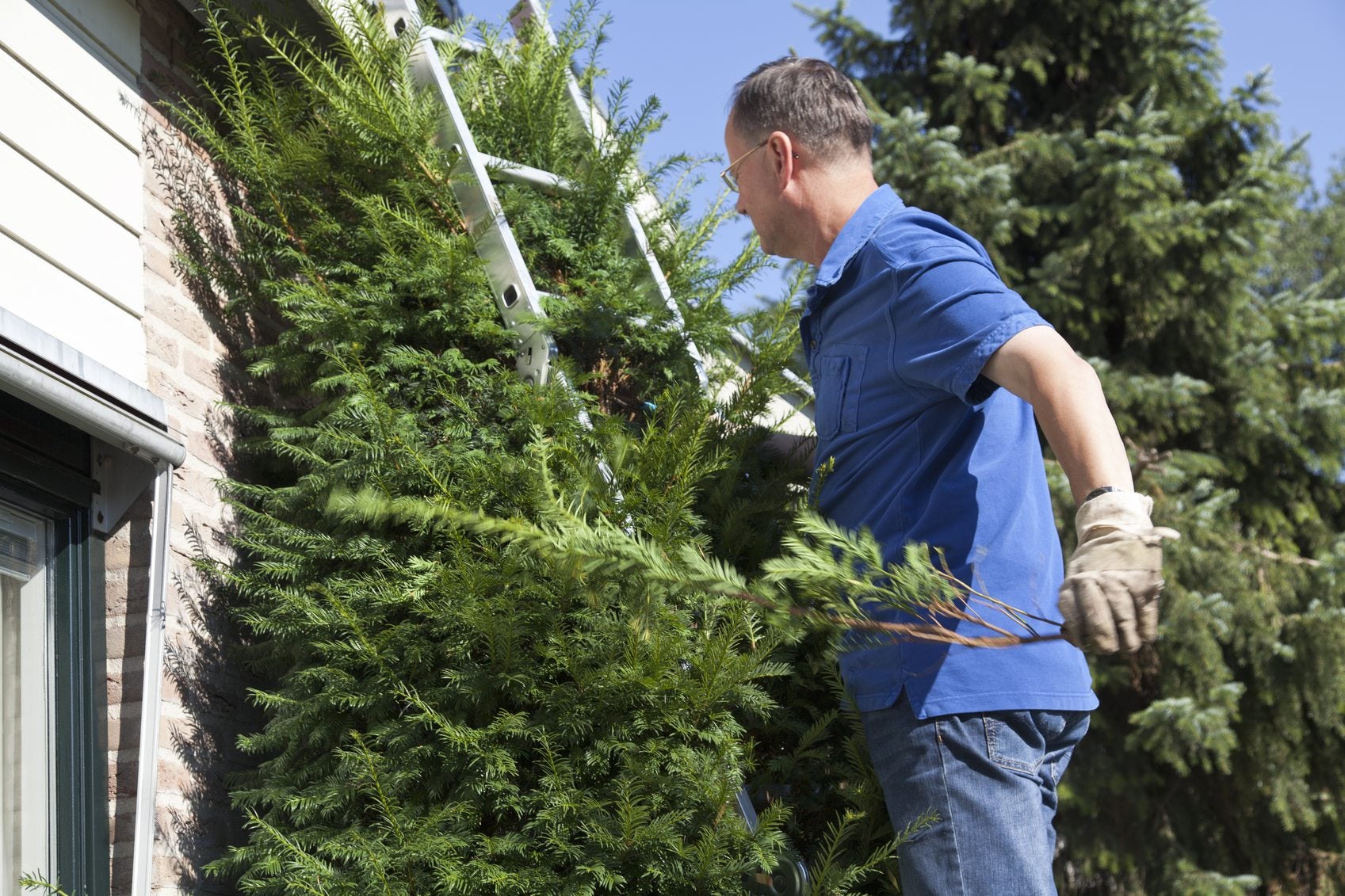

Japanese yew trees (Taxus cuspidata) are long-lived evergreens often selected for specimen shrubs or hedges in USDA plant hardiness zones 5 to 7. Trimming a Japanese yew helps keep it an appropriate size or shape. Read on for tips on cutting back Japanese yews.
Pruning a Japanese Yew Tree
Japanese yew cultivars range in size significantly. They can be quite tall or very short. Some cultivars, like ‘Capitata,’ grow tall – up to 50 feet (15 m.). Others, like ‘Emerald Spreader,’ stay short or mounded. Japanese yew pruning is essential if you want to maintain the shrubs in a formal shape or a smaller size than they would naturally grow. Some gardeners make pruning Japanese yew an annual task, regularly clipping off a few inches (8 cm.) of new growth every year. Others prune harder but less often. Improperly trimming a Japanese yew can create problems for the tree. That’s why it is important to learn the best techniques for pruning a Japanese yew tree.
Annual Japanese Yew Pruning
When it’s time for cutting back Japanese yews, pick up the pruners in spring before the new growth begins. Sterilize the blades by wiping them with bleach or alcohol before cutting. Protect your hands with good gloves since yews contain toxins that are poisonous to humans. Trim your yew into shape by removing dead branches and branch tips.
Overgrown Japanese Yew Pruning
When you inherit an overgrown Japanese yew tree or put off cutting back Japanese yews too long, you’ll need to do a more severe pruning in springtime. These trees tolerate pruning well, so there is no problem in trimming out up to half of the canopy. You’ll want to proceed in early spring, using pruners, limb loppers, and pruning saws for hedges, rather than shears. Most branches will be too thick to be removed easily with regular shears. Take off crossing branches and those that turn toward the inside of the shrub. Prune out very long secondary branches at their points of origin, when this is possible. If not, try pruning Japanese yews’ branches to an outward-facing side branch or to a bud. This type of pruning allows sun and air into the centers.
Gardening tips, videos, info and more delivered right to your inbox!
Sign up for the Gardening Know How newsletter today and receive a free copy of our e-book "How to Grow Delicious Tomatoes".

Teo Spengler is a master gardener and a docent at the San Francisco Botanical Garden, where she hosts public tours. She has studied horticulture and written about nature, trees, plants, and gardening for more than two decades. Her extended family includes some 30 houseplants and hundreds of outdoor plants, including 250 trees, which are her main passion. Spengler currently splits her life between San Francisco and the French Basque Country, though she was raised in Alaska, giving her experience of gardening in a range of climates.
-
 Looking For Plants To Give You The Soft And Fuzzies? Try These 5 Fuzzy Leaf Plant Options
Looking For Plants To Give You The Soft And Fuzzies? Try These 5 Fuzzy Leaf Plant OptionsLovers of texture, drama, silver foliage and tactile plants will adore these special sensory garden additions. These fuzzy leaf plant options will leave you all aglow
By Susan Albert
-
 Get Ready For A Summer Of Hummers! Grow These Full Sun Hummingbird Plants and Flowers
Get Ready For A Summer Of Hummers! Grow These Full Sun Hummingbird Plants and FlowersIf you’re lucky enough to enjoy a sunny backyard, make sure you are maxing out on your pollinator opportunities and grow these full sun hummingbird plants and flowers
By Tonya Barnett
-
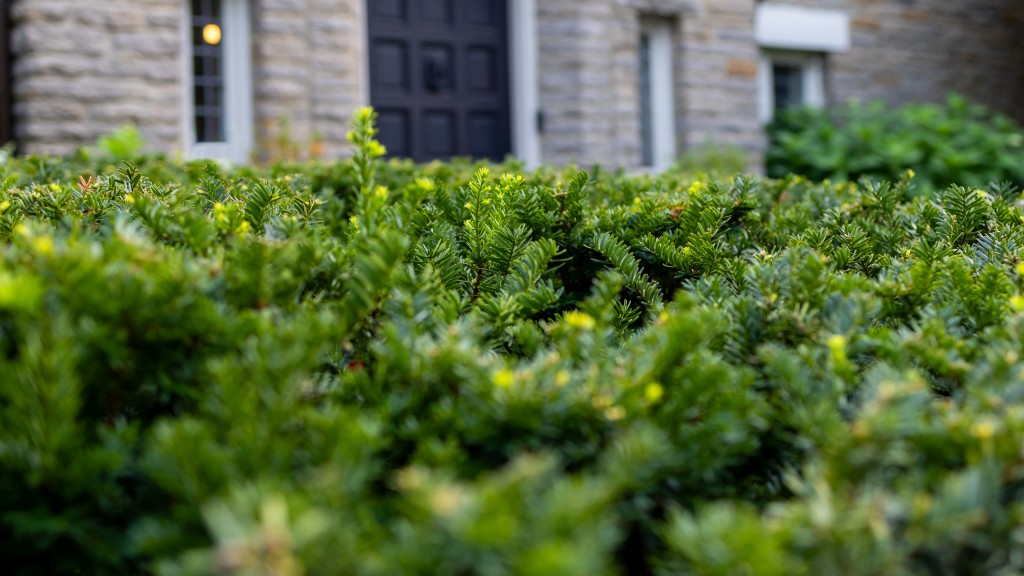 How To Grow A Dense Yew Hedge
How To Grow A Dense Yew HedgeHow To Prune A Yew Hedge For Bushier Growth
By Susan Albert
-
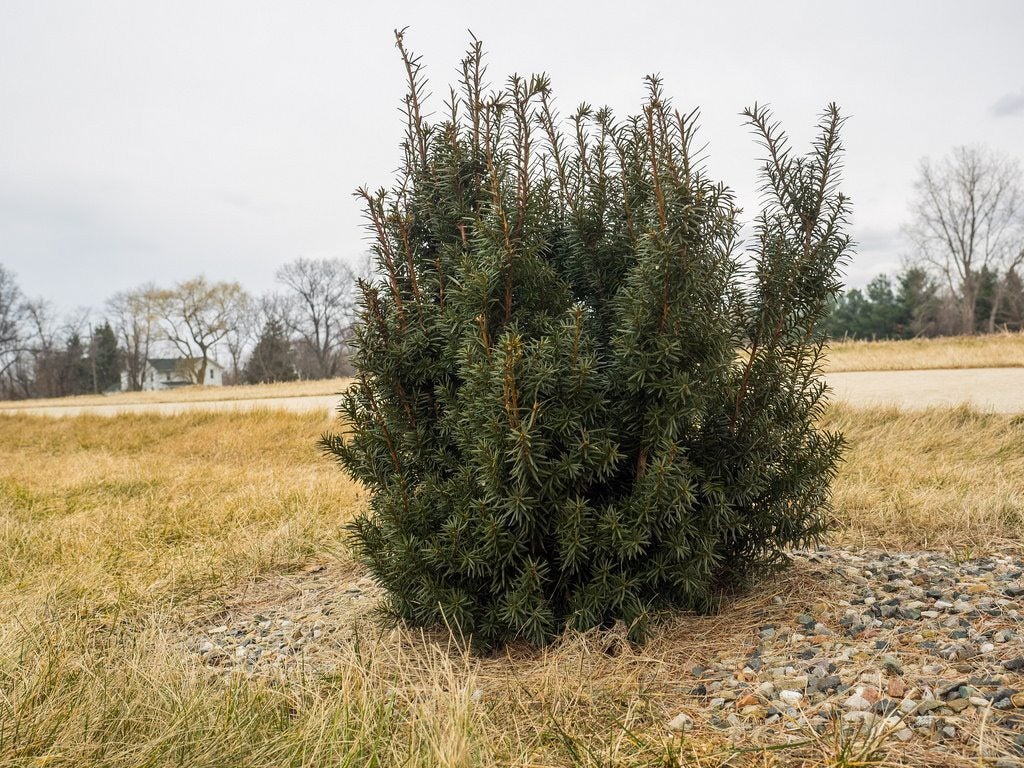 Hicksii Yew Information: How To Care For Hicks Yew Plants
Hicksii Yew Information: How To Care For Hicks Yew PlantsEven if you never heard of Hicks yew, you may have seen these plants in privacy screens. This evergreen shrub has long, upright-growing branches and dense, shiny foliage. It's an excellent choice for tall hedges. If you want more Hicksii yew information, click here.
By Teo Spengler
-
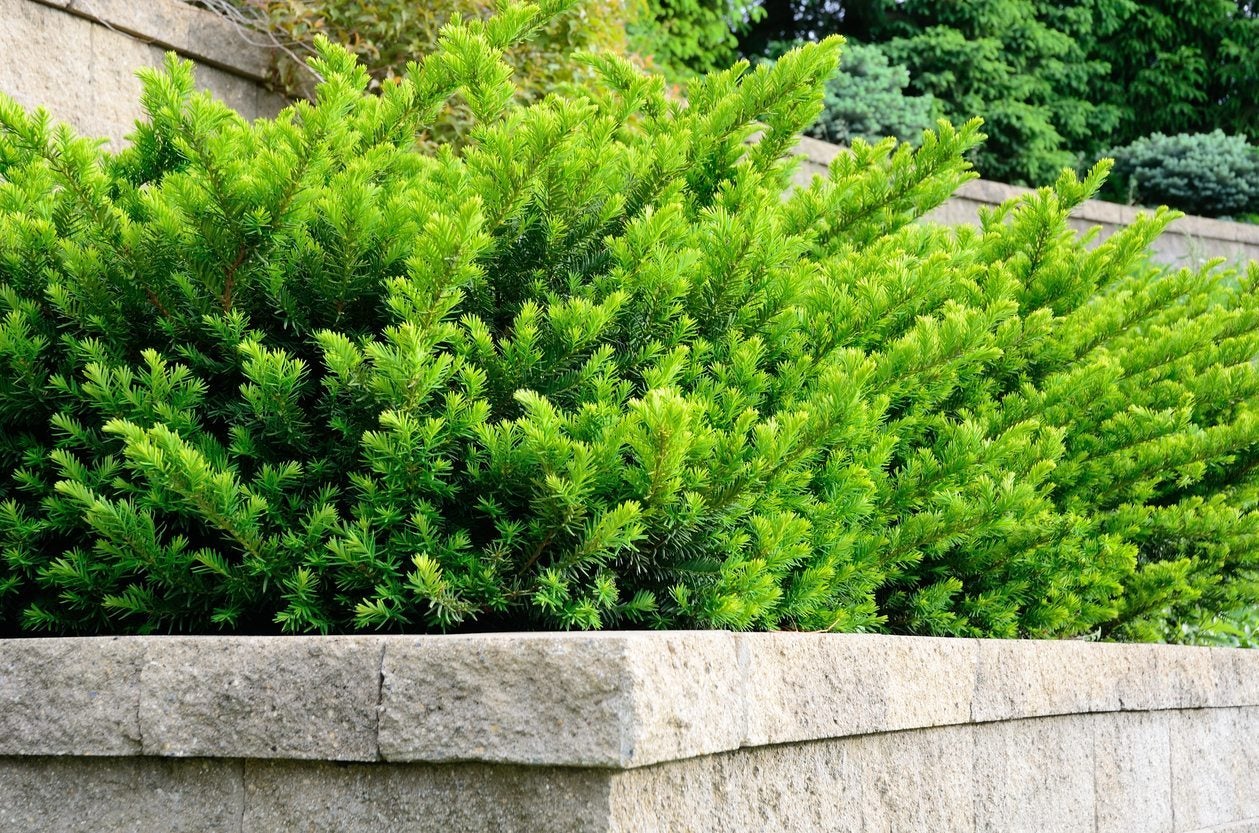 Taunton Yew Information – How To Care For Taunton Yew Shrubs
Taunton Yew Information – How To Care For Taunton Yew ShrubsNothing is more useful in a garden than an easy-care evergreen that does just fine in shady sites. Taunton yew shrubs fit the bill as short, attractive evergreens that tolerate shade. For more Taunton yew information, including tips on care, click this article.
By Teo Spengler
-
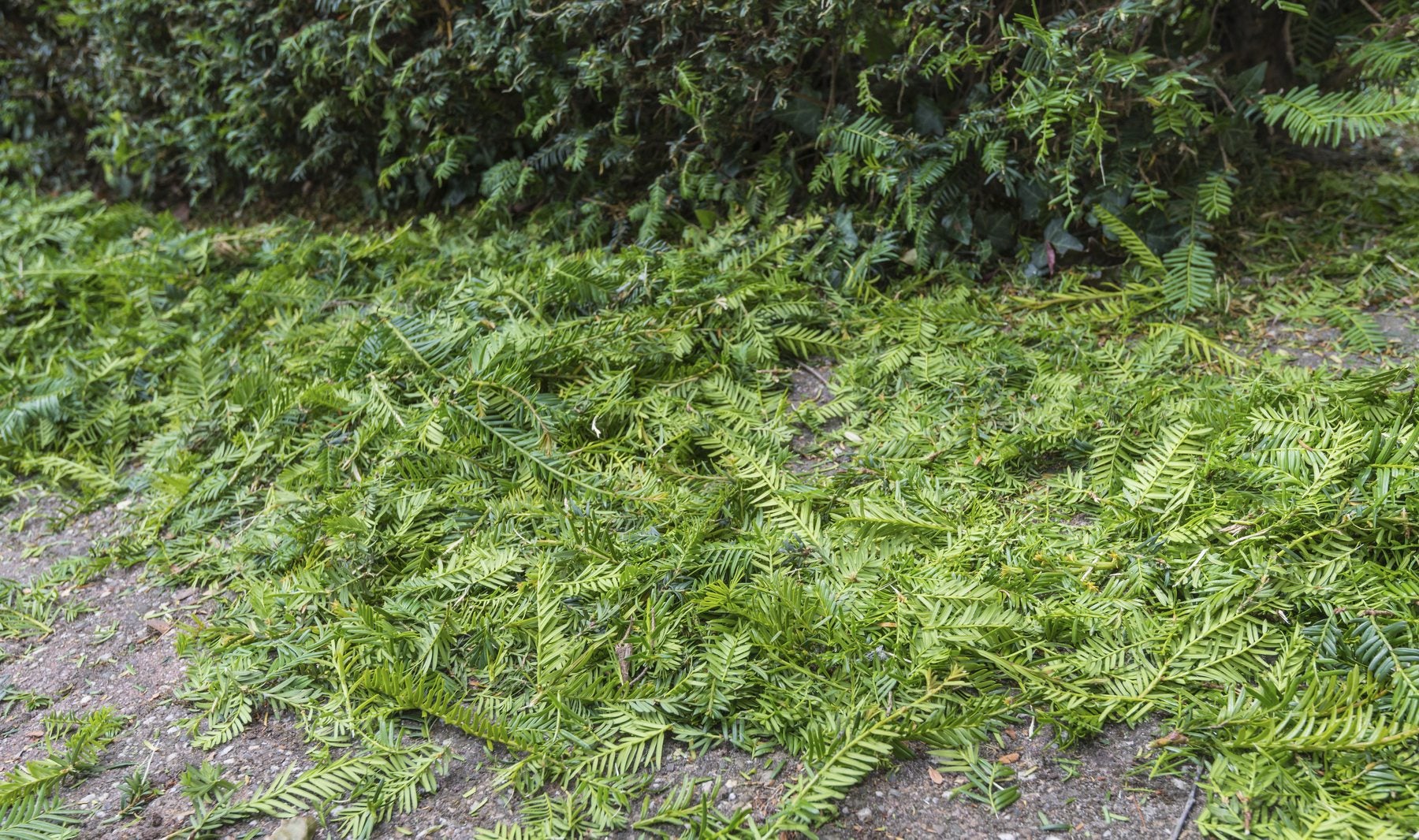 Pruning A Yew Shrub: How To Prune An Overgrown Yew Plant
Pruning A Yew Shrub: How To Prune An Overgrown Yew PlantUnlike some conifers, yews usually respond well to pruning. If you want to learn about pruning yew bushes, including how to prune an overgrown yew, then this article will help. Click here for additional information.
By Teo Spengler
-
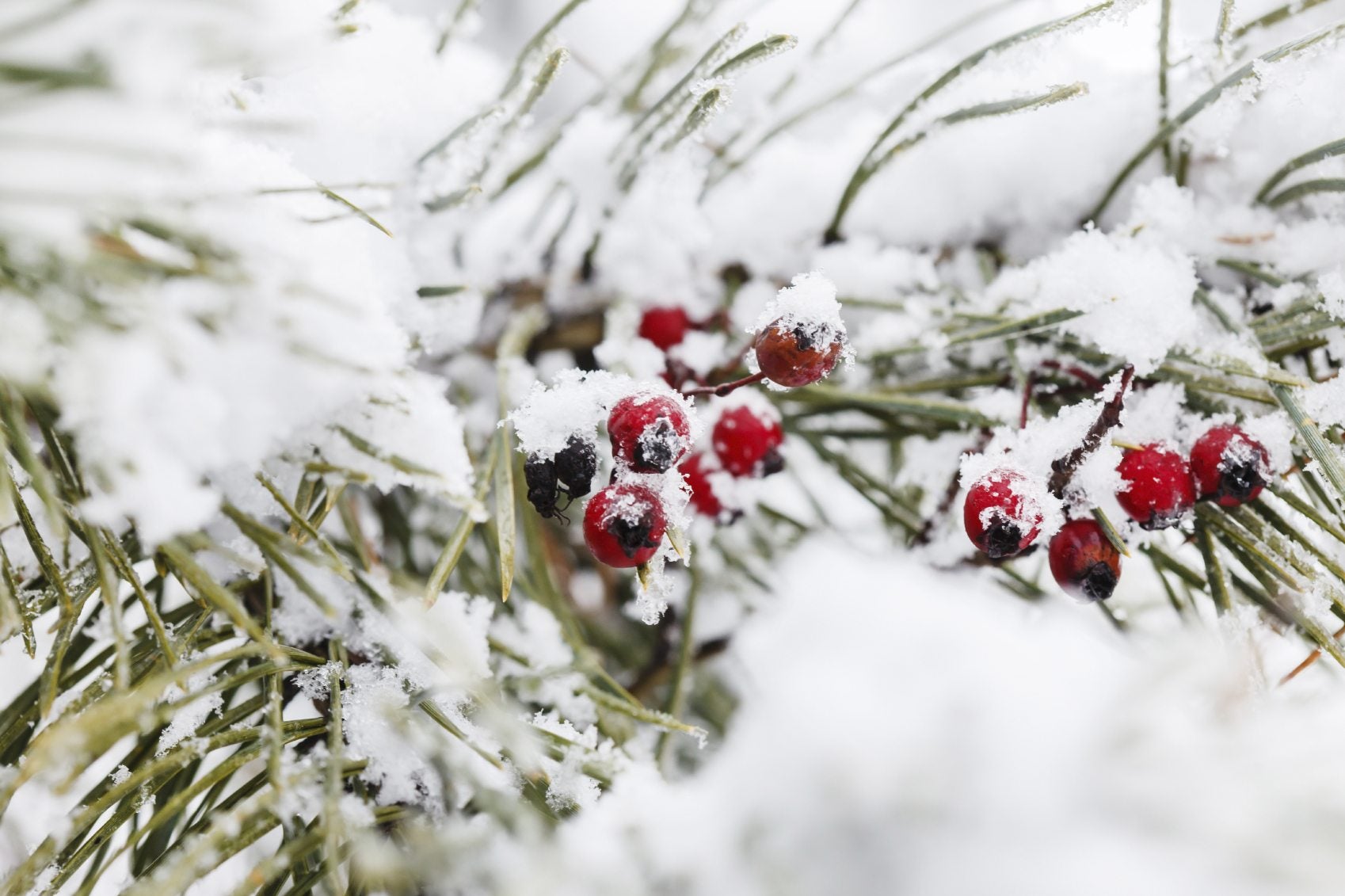 Yew Winter Damage: Tips On Treating Winter Damage On Yews
Yew Winter Damage: Tips On Treating Winter Damage On YewsWinter's chill can harm many types of trees, including yews. Contrary to what you might think, winter injury to yews doesn't generally follow an extremely cold winter. Click this article for information about yew winter damage.
By Teo Spengler
-
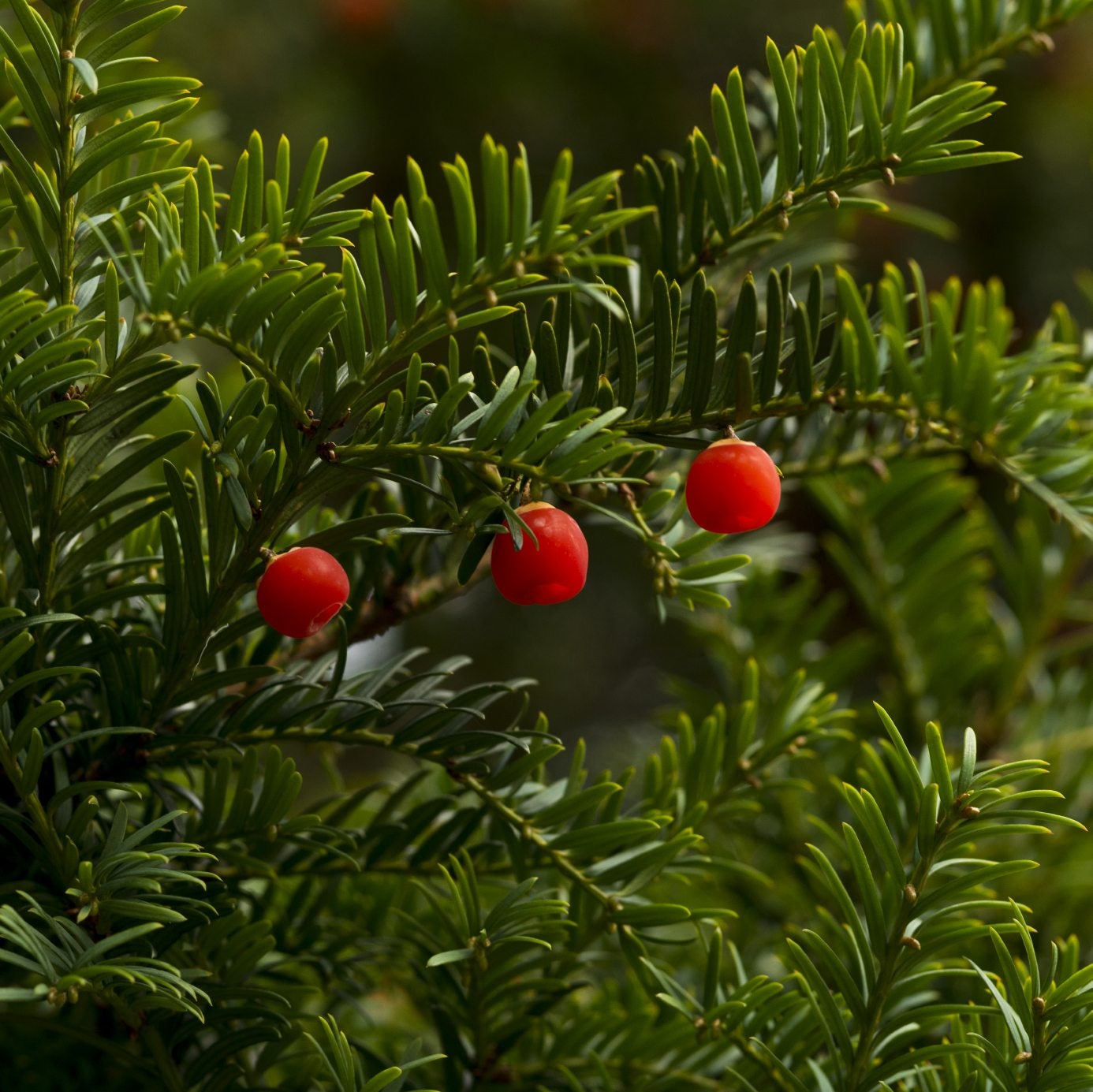 Japanese Yew And Dogs - Info About Japanese Yew Plants
Japanese Yew And Dogs - Info About Japanese Yew PlantsJapanese yew trees come in a wide range of sizes, from dwarfs that rarely exceed 2.5 feet to large specimens that can grow more than 50 feet tall. Read this article to find out whether this lovely and versatile plant is right for your garden.
By Jackie Carroll
-
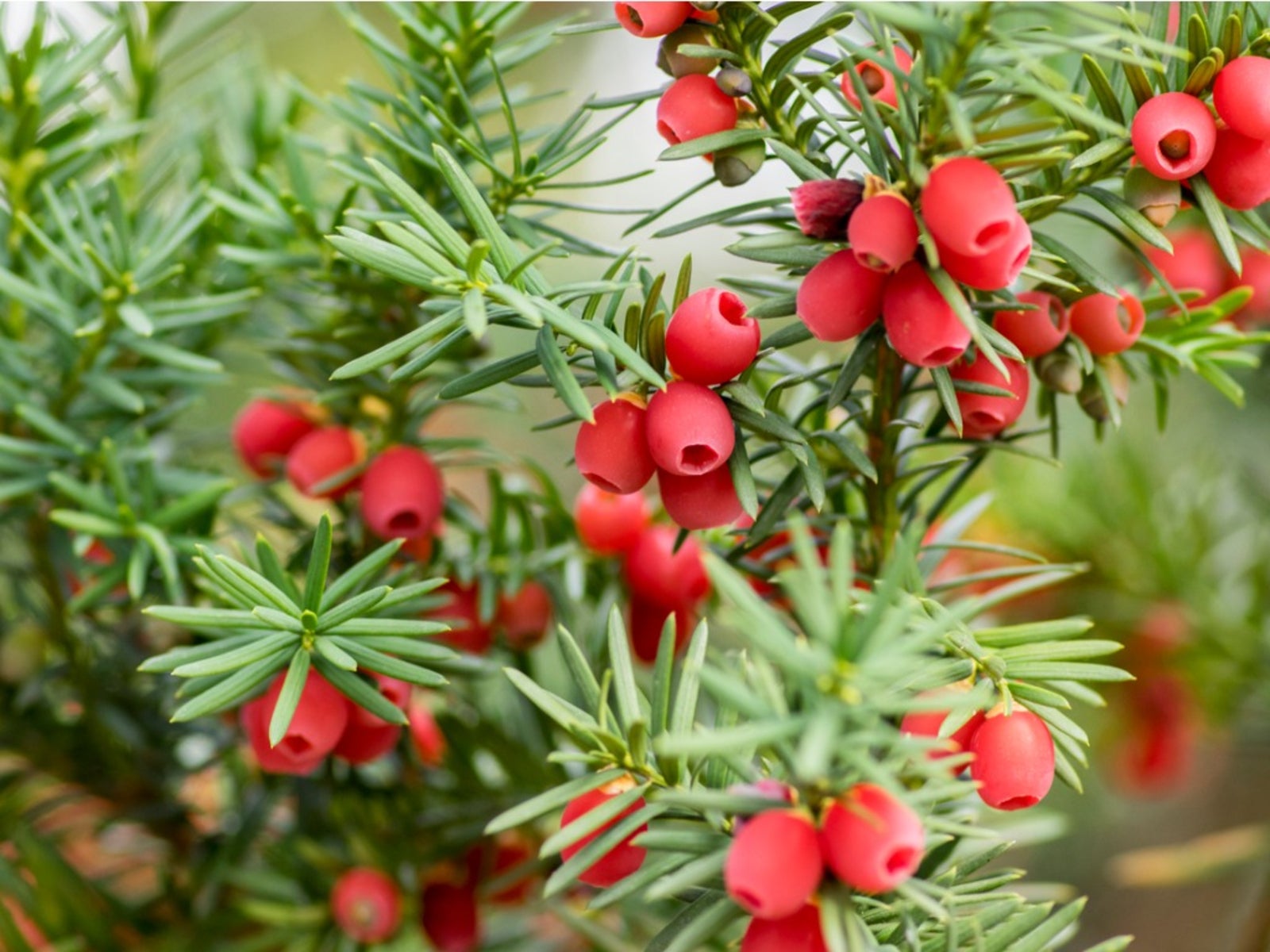 Yew Shrub Care: Tips For Growing Yews
Yew Shrub Care: Tips For Growing YewsYew is a great shrub for borders, entranceways, paths, specimen gardening, or mass plantings. Care of the shrub is minimal too. Read this article for more information on growing yews in the landscape.
By Amy Grant